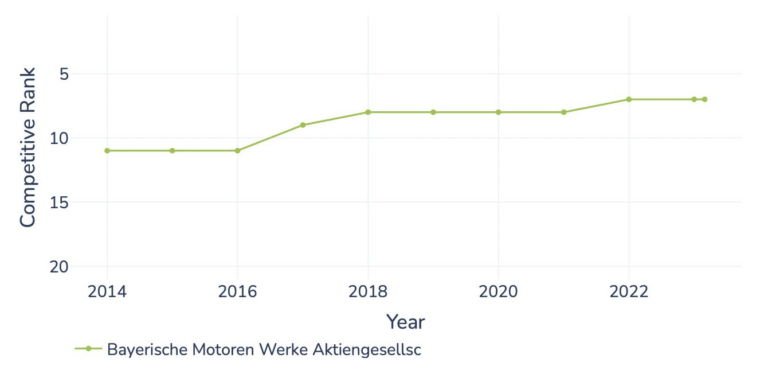Patents as leading indicator for earnings growth
We are very proud! After months of work, we published our joint White Paper with the quantitative Asset Manager O’Shaugnessy Asset Management. For everybody interested in patent data and innovation metrics and how they can help build outperforming stock portfolios, you can dive into 21 pages of must read here. For everybody else, I will sum it up in this post.
- O’Shaugnessy Asset Management run back tests on a US-All Cap-Universe of about 2000 US stocks with more than 200 million USD in market cap (ex financials) starting in 1990.
- In this period which covers the TMT bubble and the financial crisis of 2008/2009 as well as long bull markets in the 90s and the last 10 years, an equal weighted portfolio of stocks with at least one patent (the “patent universe”) outperformed the market by 2,2 percent per year.
- This outperformance came with no additional volatility and doubled the sharpe ratio versus the market portfolio. Outperformance versus the “non-patent universe” was 3,8 percent per year. This outperformance was very stable. The patent universe outperformed the non-patent universe in 83,9 percent of 3-year investing periods, 87,5 of 5-year periods and 97,4 percent of 10-year periods.
- As patents only are filed in certain industries, this could be an allocation bias towards patent-heavy industries like Tech, Healthcare and Industrials, right? Wrong. The analysis shows, only 20 percent of the outperformance can be explained by the overweight in this kind of industries, 80 percent is pure stock selection – choosing patent stocks over non-patent share (EPS).
- If patents are working so well, they must also be working as an indicator within industries, right? Yes. When O’Shaugnessy sliced the patent industries in quintiles according to the number of granted patents, they found a clear linear relationship: The more patents, the bigger the outperformance.
- Is there a size effect so that large companies (with more patent) outperformed over this period? Not really – testing for that, size explained only a small part (less than 20 percent) of the results.
- If innovation as an indicator works so well, why bother with patents and all the problems associated with gathering and matching the data? Why not take R&D-spending as an indicator instead? Because it does not work. A “R&D universe” constructed analogous to the patent universe does only show good results from 2009 on and no better risk adjusted results.
- Combining patents and R&D as an indicator for innovation, we can observe very interesting results: Although R&D does not work stand alone, combined with patents, it enhances the results. Quintiles of high combined innovation stocks (patents count and R&D spending) show high spreads of excess returns and linearity as you would like to see as an investor looking for alpha.
- For us, the results so far were very encouraging already. Our back tests with international stocks went only back to 2004 so far and we at Quant IP were happy to see innovation as an indicator working so well over 30 years in a different universe. Our Quant IP innovation score is based on the same metrics (and some more). Our first mutual fund, Quant IP Global Innovation Leaders (find out more here) is based on the Innovation Score for selecting stocks – so we are confident to produce alpha for our investors.
But as it turns out, innovation can not only improve stock selection in general but especially in a value universe. O’Shaugnessy did an intersection of innovation composite and their value composite (P/B, P/E, etc) and the results are striking. Buying the cheapest and at the same time most innovative stocks and shorting the most expensive, least innovative stocks would have given you a 12 percent return spread!
- The Value factor has lagged the market and especially the Growth factor for the last 10 years. As it seems innovation as a factor can identify companies that keep on innovating although in a difficult situation and have a high probability of returning to growth – that kind of mean reversion every value investor is betting on. Our you take a different angle and argue that innovation can filter out value traps by identifying companies that lost the ability to innovate their way out of a difficult situation.


